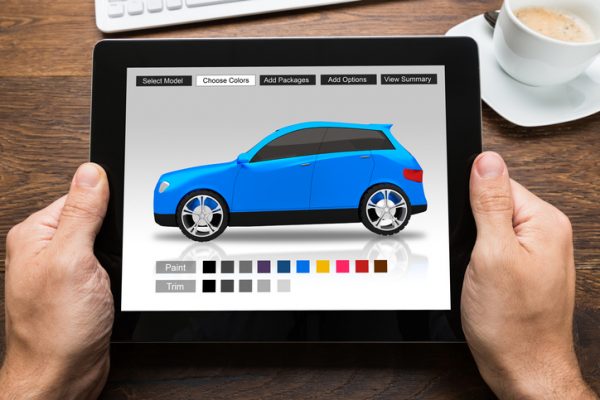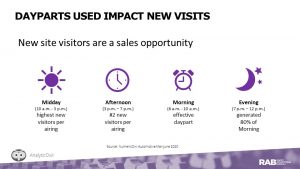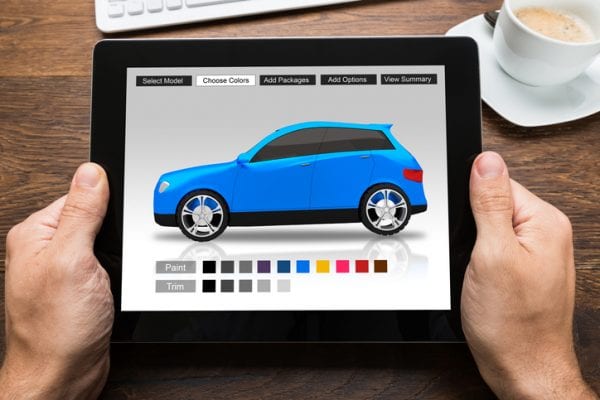
Author: Annette Malave, SVP/Insights, RAB
As one of radio’s top-spending categories, the role that radio plays in the car, as well as car sales, remains a dominant force. Radio reaches consumers (or auto-buying intenders) while they are in their car – on their way to work or just running errands.
As the events of this past March progressed and many people found themselves homebound, things changed. However, the role that radio plays in driving traffic to auto dealer websites did not. Radio was effective at driving search for dealerships pre-COVID-19 and continues to do so today.
As a broadcast medium, radio is effective when trying to reach auto-buying intenders. Radio reaches 92% of adults and Hispanics whose households plans to pay $30,000 or more for a vehicle and 93% of Blacks/African Americans, according to Scarborough. Radio also drives search.
Across an array of 352 auto dealers with over 549,000 ads in 2019, radio increased web traffic by 10%, delivered 3.4 new visits per every auto radio ad aired and nearly two million new web visits, according to NumeriOwl (powered by AnalyticOwl) data analysis. Not only was radio effective at driving web traffic, it also drove foot traffic.
Based upon this same 2019 radio activity, radio increased in-person visits by 9% and it also drove new in-person visits by 14% whenever radio campaigns were on air. Highest in-person traffic day was Friday, while Monday delivered the highest new visitors.

According to a McKinsey & Company survey, as weeks progressed post-March, the preference by auto shoppers to buy in-person declined compared to how they had previously purchased their vehicle. Despite business closings and consumer fear, during COVID-19, radio continued to do what it does best – driving traffic.
From March through June, 249 auto advertisers ran 162,000 ads. On average, website traffic lift activity was significantly high compared to pre-COVID-19 – 15%. For every radio spot that aired, it generated 4.9 new site visits and prompted 794, 000 total new visits.
While many people remained at home, site visits by day tells the story of how habits have shifted. Searches for automotive dealerships appear to remain level Tuesdays through Friday, with the greatest spike on Saturday. Mondays had the lowest amount of search activity.
Shifts in consumer habits also mean shifts in daily routines. As less people needed to commute, their days started later. However, similar to a 2018 analysis, radio ads that ran during midday drove the highest new visitors for every spot aired. Afternoon also delivered a high number of visits, followed by 6 a.m. – 10 a.m. time period.

Radio is effective medium at delivering eyes to auto dealer sites. While radio works to drive traffic in store, it can also be depended upon by auto dealers to drive traffic to websites – even during unusual times.
To view the entire analysis, click here.


Recent Comments